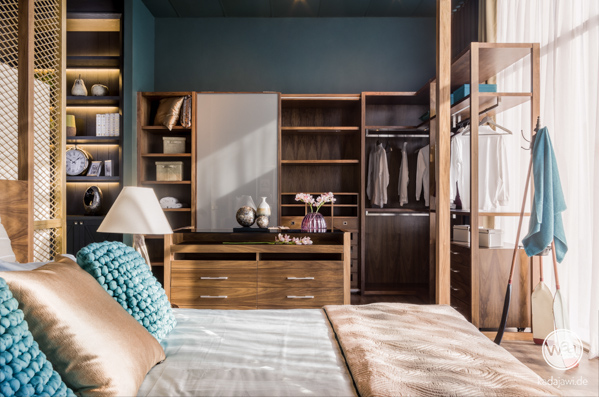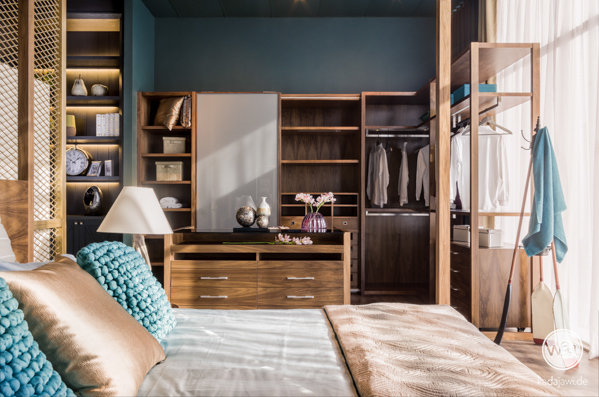 Originally posted by macman24054
Originally posted by macman24054 
I think you need to read the entire Wikipedia article as I did and you will see it is conformation about what I said earlier about the 2 methods of HDR photography is correct. I hate to bust your bubble, but you are producing tonal mapping images in Lightroom
I know that I am producing tonal mapping images in Lightroom. You are doing that in Photomatrix... I did too in the beginning, but the problem is that it doesn't give me much control over the image... I prefer to do the tone mapping in Lightroom as I can use a brush for example to modify the exposure. And that's my point... unless you insist on using Photomatrix you could save yourself all the trouble by just using Lightroom on that raw file. You can get out all the dynamic range there is in the file without ever leaving LR.
Anyway, I do first produce actual HDR images (32 bit TIFF files for use with Lightroom, and in the steps before that EXR. Usually I shoot panorama HDRs, so the multiple exposures are first joined to EXR files, and then the EXR files are merged in PTGui... the result of that goes into Lightroom, gets adjusted and tone mapped, then Photoshop to clean it up, extend the image where necessary, and after that the last final few touches in Lightroom). You don't really produce HDR files to work with, because you work with the pretty limited dynamic range of the camera only. Great if your scenes have such a low dynamic range that your camera can capture it with a single image, but in that case why go through all that trouble when you could do the tone mapping without having to go through the fake bracketing? And in proper HDR situations there's no way your method could work.

This shot wouldn't have fitted into one exposure. As described above, panorama with multiple exposures (5, 2 EV apart each).

This one was even worse. The right half would be nearly black.


 Similar Threads
Similar Threads 




















